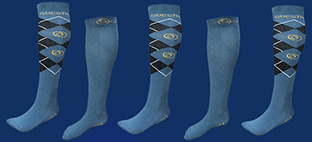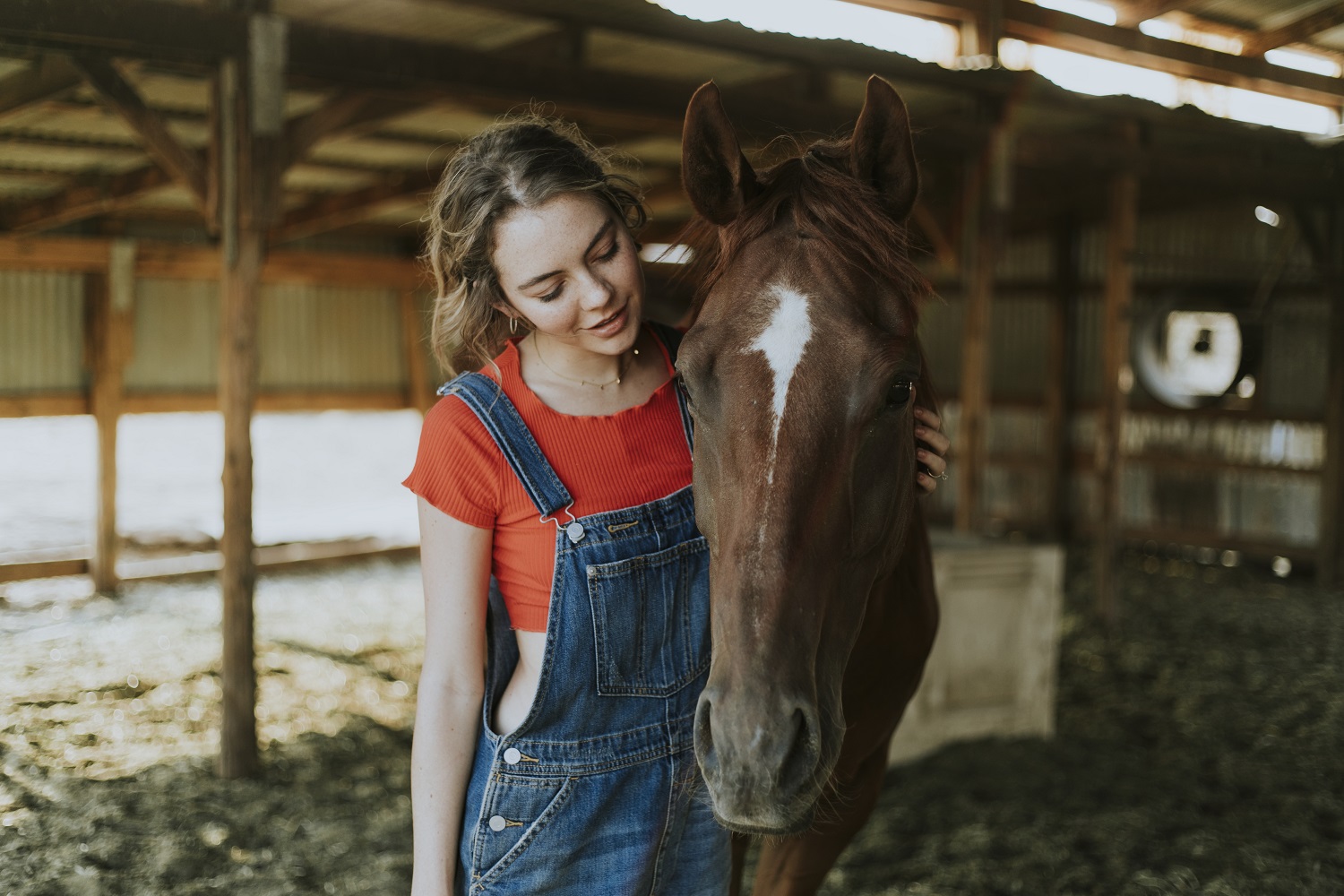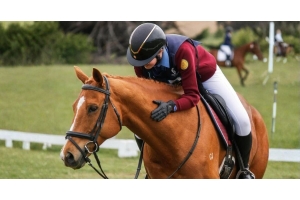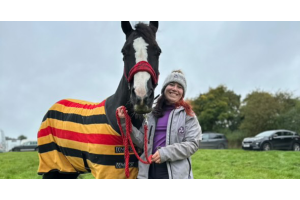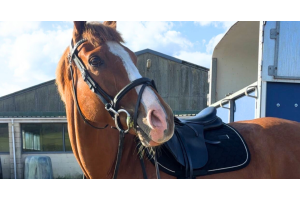3 Things You Should Teach Your Horse For Respect
If you want a horse that is well-behaved and respectful, there are certain things you need to do during training. You can't simply expect your horse to automatically know how to behave around people and other horses. Just like with any relationship, respect must be earned.
A respectful horse will not enter your space without your permission. The first step in forming a secure partnership with your horse is to train it to be respectful. You can earn your horse's respect by teaching it boundaries and limits. With consistent training, your horse will learn to trust and respect you.
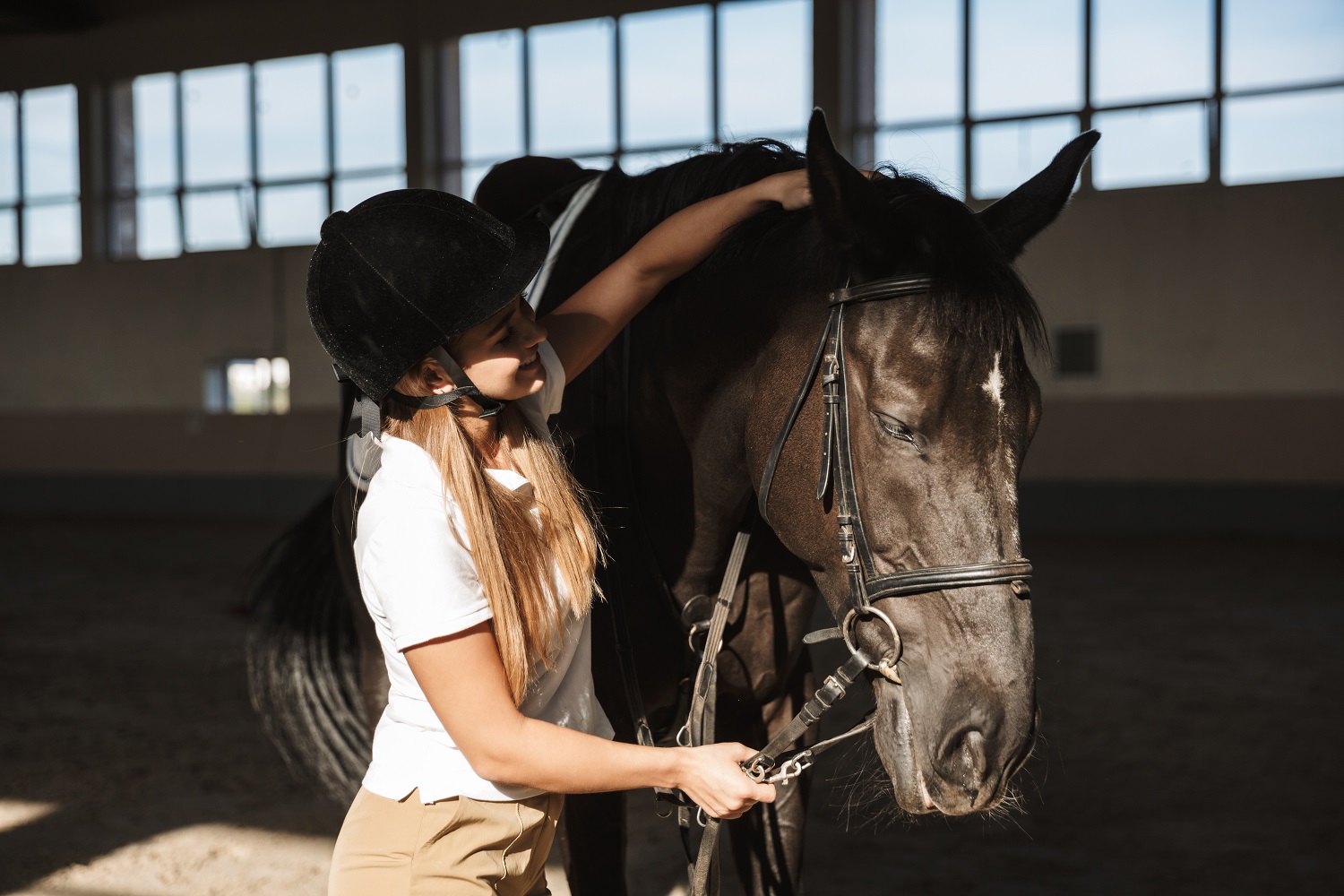

Here are three things you should teach your horse for respect:
1. Knowing What Respect Means
Know when your horse respects you
Before you can guide a horse to respect you, you must first understand what respect (and disrespect) appears to look like. You can tell if your horse respects you if:
- You can walk side by side with your horse on a loose rope beside you, with 3 to 4 feet (0.91 to 1.2 m) between you and your horse. Your horse should not be dragged.
- When you back up or walk forward, your horse will follow you. When backing up, you may need to prompt your horse. To get your horse's attention, raise the lead rope high and rhythmically bump his neck.
- When you approach your horse's face, he begins to move his head away. You may need to instruct your horse by pointing with your fingers or having to hold the lead rope. You have a respect concern if your horse tries to move his head into you.
- When you approach your horse's backside, he moves his hindquarters away from you. If your horse moves his shoulder to prevent you, you have a respect concern.
Be aware of what dominance means to a horse
Horses in a herd normally develop a hierarchy. The head horse has the power to order the other horses to start moving. If you move out of the way when your horse whacks its head into your space, or if you allow your horse to force up against you, you are connecting to your horse that you are a follower and that he is the commander.
Don't confuse love and respect
It's important to love your horse, but love by itself will not result in respect. If your pet, cleans and offers a treat to your horse even without inquiring him to start moving or taking any action to demonstrate a mutually respectful connection, you'll end up with a horse who acts disrespectfully by tossing its head, pushing you, and possibly biting.
2. Being Your Horse's Leader
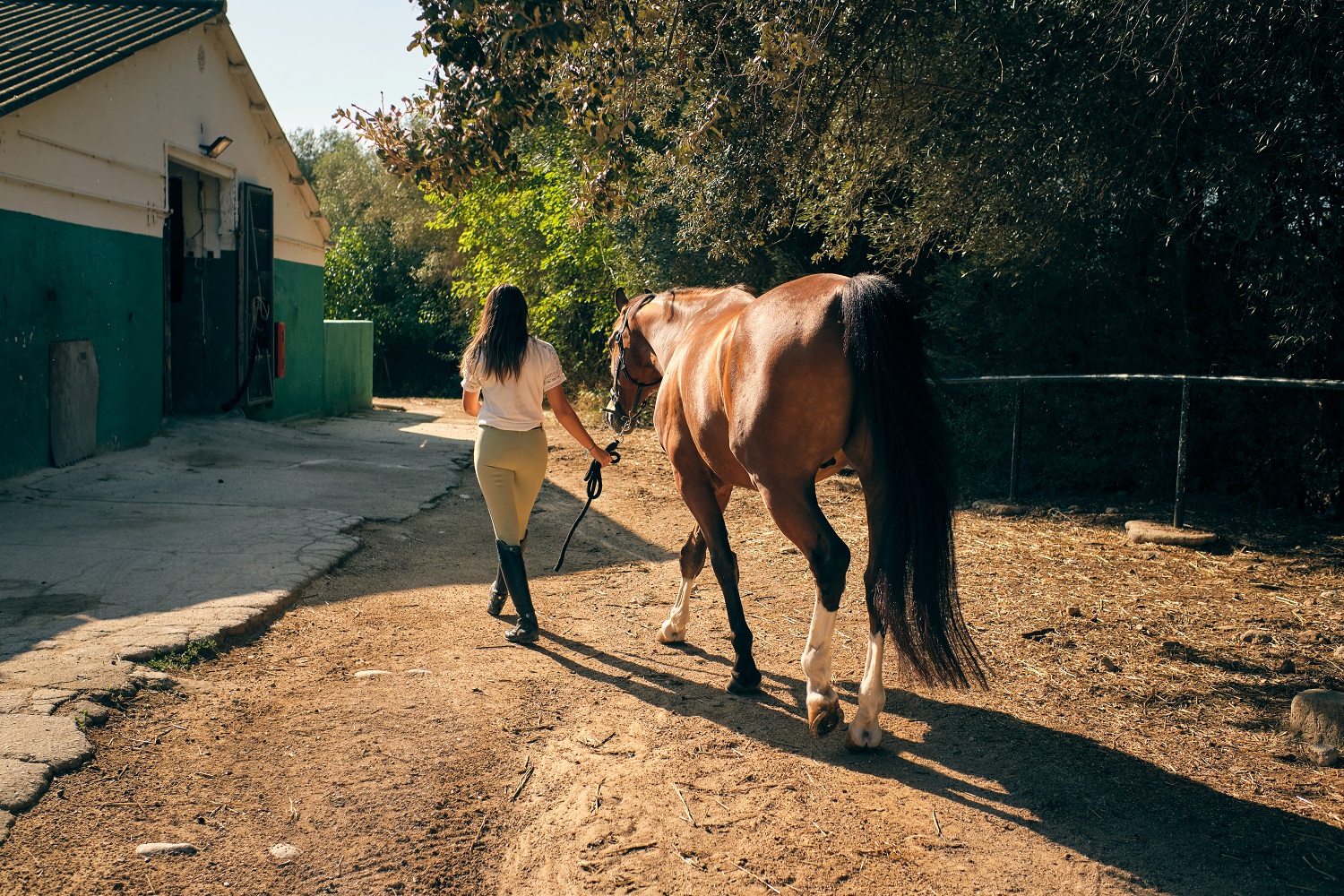

Be a leader
To gain your horse's respect, you must be his leader. This entails teaching your horse to move on command. The easier you could get your horse to move his legs, the more respect he has for you. And no matter how well-trained your horse is, if he does not respect you, he will be challenging to control.
Whenever possible, prevent physically reprimanding your horse
When dealing with aggressive horses, a physical reprimand may be necessary to protect your horse as well as yourself and others. If you reprimand your horse, keep going until he walks out of your space, or you will fail to establish dominance. In general, gentler approaches and methods that foster dependability and companionship between you and your horse should be used.
Keep your horse busy
Retaining your horse busy responding to your signals, particularly when first trying to train him, will actually reduce any undesirable behaviours. When your horse's attention wanders or he displays signs of disrespect, start practising yielding to pressure, backing up, and waiting for him to enter your space. Advise him that failing to be respectful equals hard work!
Make training a part of your everyday routine with your horse.
"Horses don't stay the same. Every day they either get a little bit better or a little bit worse," says well-known horse trainer Clinton Anderson. Horses require repetition to reinforce good behaviour. Continue to incorporate the training exercises below into your interactions even after your horse has managed to master them.
- When training, ask your horse to yield to pressure several times.
- If your horse keeps dragging behind or ends up getting too far ahead of you while walking on a lead, stop and back up.
3. Training Your Horse To Respect You
Build trust
Teaching your horse that you're both enjoyable and safe to be with will make respect training easier and more convenient. Touch your horse's body all over, scratch his itchy areas, and consistently show him how much you love him. If your horse objects to you rubbing an area of his body, back off and eventually return to it. When your horse tolerates being scratched with your hands, move on to other objects such as ropes, saddle pads, and bridles.
Teach your horse to give to pressure
When horse A tries to force horse B and horse B provides ground, horse A has just conveyed dominance. You should start practising doing the same thing with your horse so that whenever you touch any part of his body, he gives way. Not only does this assists in establishing respect, but it is also very useful for managing your horse on a regular basis.
Train your horse to back away on cue
The framework of teaching a horse to respect you and your space is an instant, adaptable backup. It will take some time and several pieces of training to instruct back on cue, but it will be worthwhile.
Have your horse wait for permission to enter your space
This is a vital lesson to be taught and consistently reinforce. You can use this to ease your horse and re-establish- establish your dominance anytime he behaves badly.
Maintain your personal space
Even after you've taught your horse to wait and back up on orders, you'll need to sustain instruction in all circumstances on a regular basis. You must be especially cautious not to let your horse force you around. It will be simpler if you have trained him to yield to pressure and back up.
Respect is a two-way street. Remember, it is essential to earn your horse's respect. Without it, you will never have a reliable or safe horse. With consistent training, you can develop a respectful relationship with your horse based on trust and mutual understanding.

